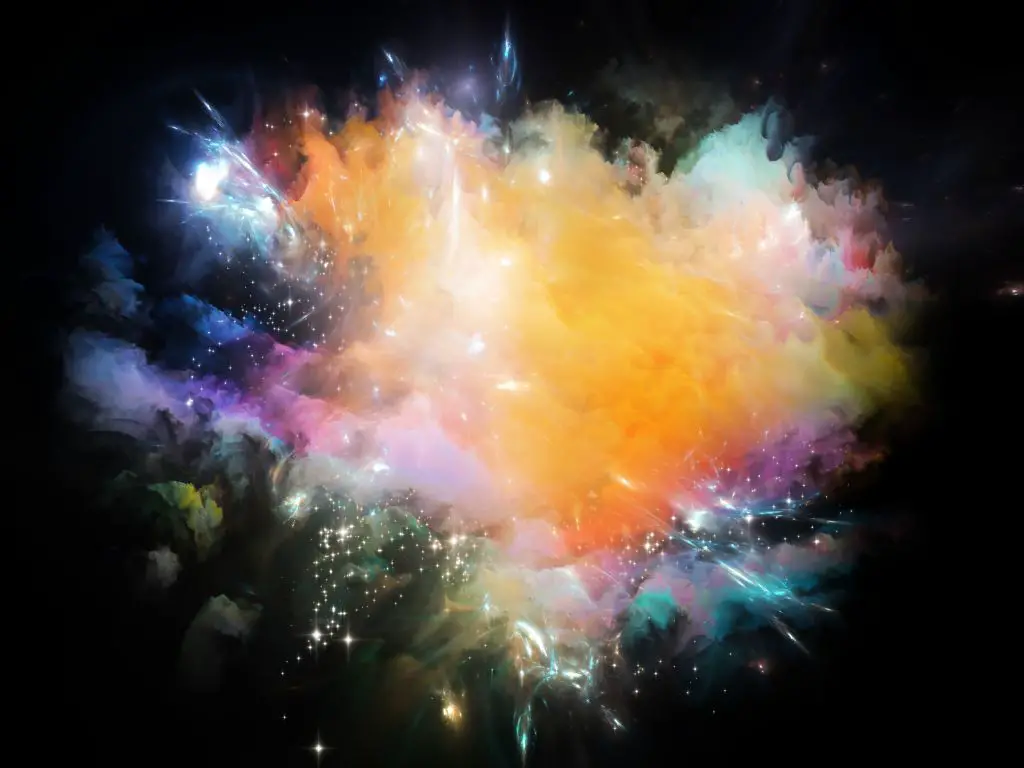The Big Bang Theory is one of the most accepted theories in modern science, but it has its issues. The theory states that all matter and energy in the universe was created at a single point in time, known as the singularity. This singularity contained all of existence within itself before exploding outward and creating space-time. While this is an impressive concept, there are several problems with it that need to be addressed by further research and experiments.
What are the three problems with the big bang theory
While the Big Bang theory is supported by a wealth of evidence, there are a few areas where the theory is still being refined and improved upon. Here are three problems with the Big Bang theory:
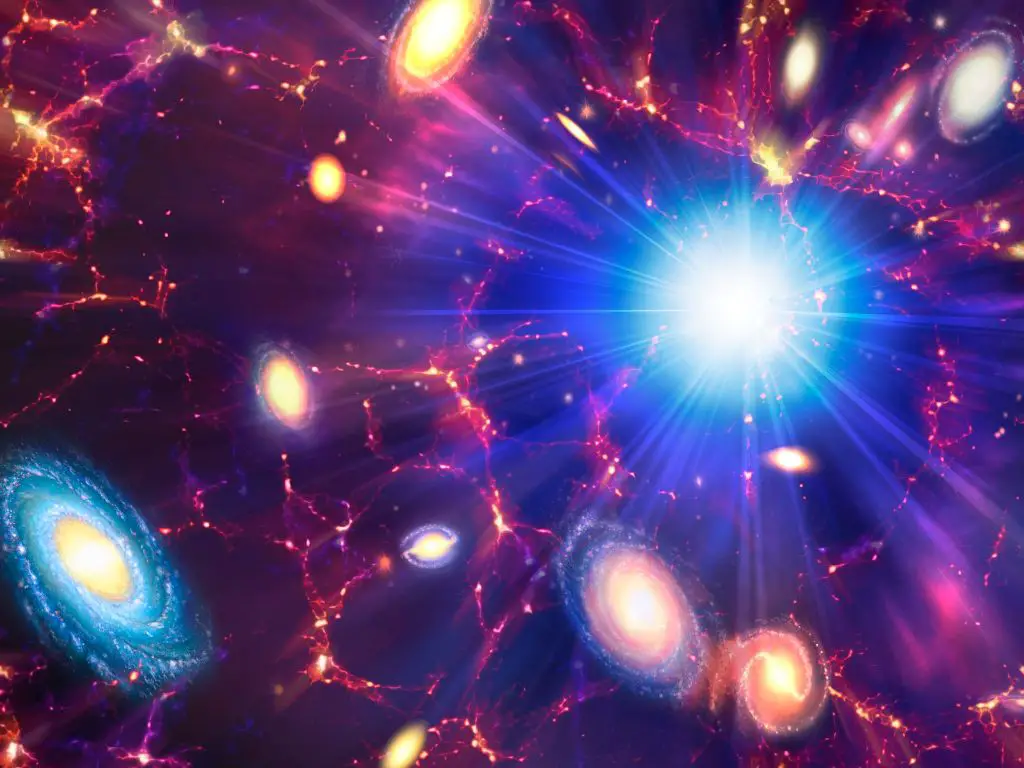
3 Problems with the big bang theory
-
The horizon problem:
According to the Big Bang theory, the universe was once extremely hot and dense, and has been expanding ever since. However, if this is the case, it would have taken light a very long time to travel from one region of the universe to another. This means that regions of the universe that are far apart should not have been in thermal equilibrium (i.e., they should not have had the same temperature). However, observations show that these regions are in fact in thermal equilibrium, which is a problem for the Big Bang theory.
-
The flatness problem:
The Big Bang theory also predicts that the universe should be flat (i.e., its curvature should be zero). However, observations have shown that the universe is very close to being flat, which is a problem because the density of matter in the universe is not quite high enough to make it flat.
-
The existence of dark matter and dark energy:
The Big Bang theory explains the evolution of the universe very well, but it does not account for the existence of dark matter and dark energy. These mysterious substances make up about 95% of the universe, but we do not yet fully understand their properties or how they fit into the Big Bang model.
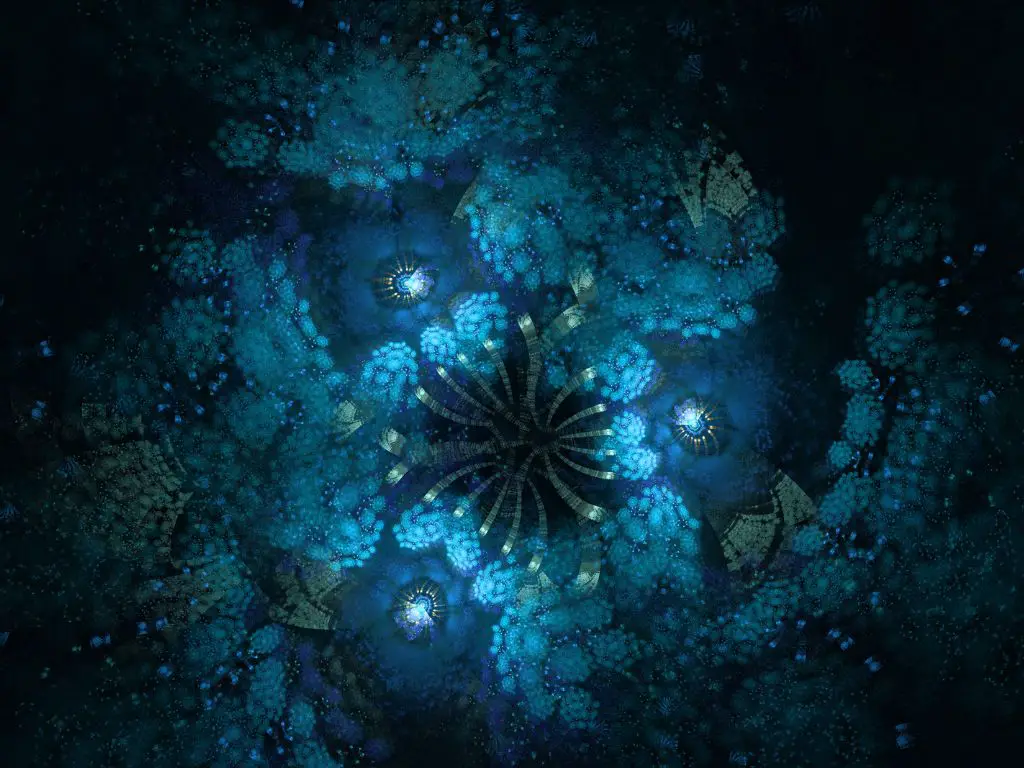
Other Problems with the big bang theory
- There’s no evidence for a pre-existing state prior to the Big Bang; Scientists have yet to determine what caused or triggered such an event or even how something can come from nothing without violating physical laws like conservation of mass/energy or causality (the idea that effects must have causes).
- Current observations suggest that our universe may not be expanding uniformly from a single point as predicted by Big Bang models—it appears more likely than ever before that certain areas may be expanding faster than others due to dark energy pushing them apart at increasing speeds over time (a phenomenon called “dark flow”).
- Some cosmologists believe our universe could actually exist within another larger multiverse containing other universes outside our own—this means we could simply exist inside one bubble among many bubbles floating around us which would invalidate much of what we know about how things began according to traditional big bang models since they don’t account for anything beyond ours being alone (or any other universes existing simultaneously).
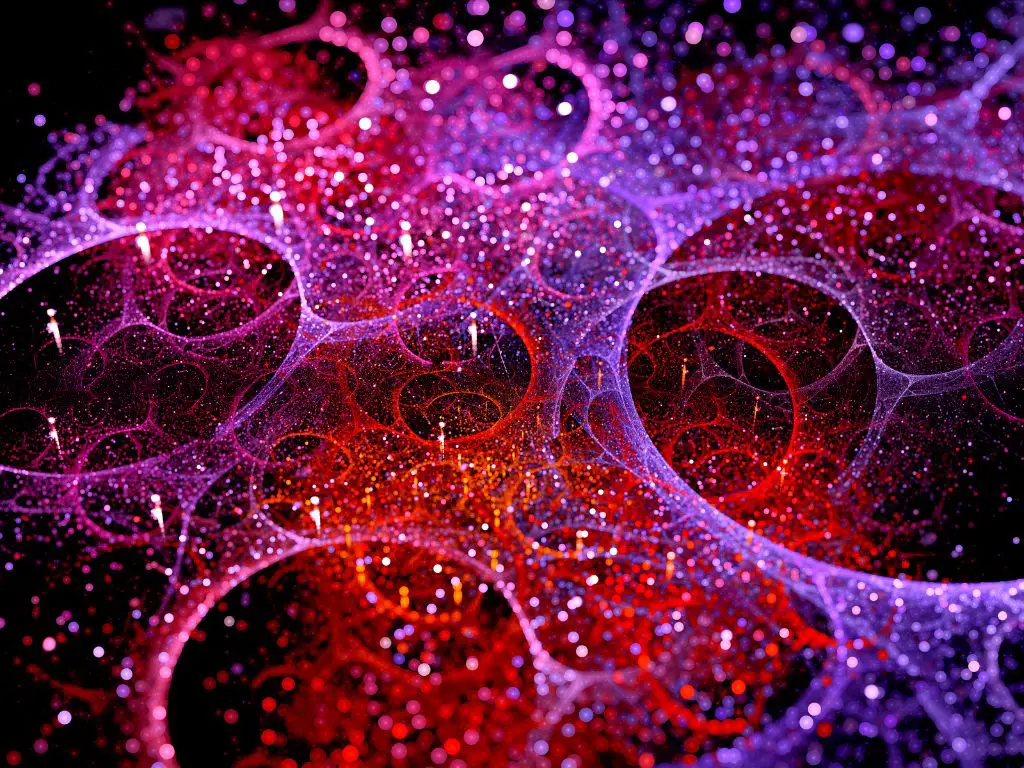
It’s clear then why so many physicists are still searching for answers regarding these discrepancies between observation data and theoretical predictions. Until these questions can be answered satisfactorily through rigorous experimentation/ measurements taken with new technology available today – including instruments capable detecting radiation left over from primordial events billions years ago – then any conclusions drawn about origins remain purely speculative at best!
How the problems with the big bang theory has been addressed
There are several ways in which these problems have been addressed by scientists.
-
The horizon problem:
This problem was addressed by the theory of cosmic inflation, which proposes that the universe underwent a brief period of rapid expansion in the very early stages of its evolution. This rapid expansion would have caused distant regions of the universe to come into thermal equilibrium much more quickly, solving the horizon problem.
-
The flatness problem:
This problem has been addressed by the concept of dark energy, which is a mysterious substance that is thought to be causing the expansion of the universe to accelerate. The presence of dark energy could help to explain why the universe is so close to being flat, even though the density of matter is not quite high enough to make it flat.
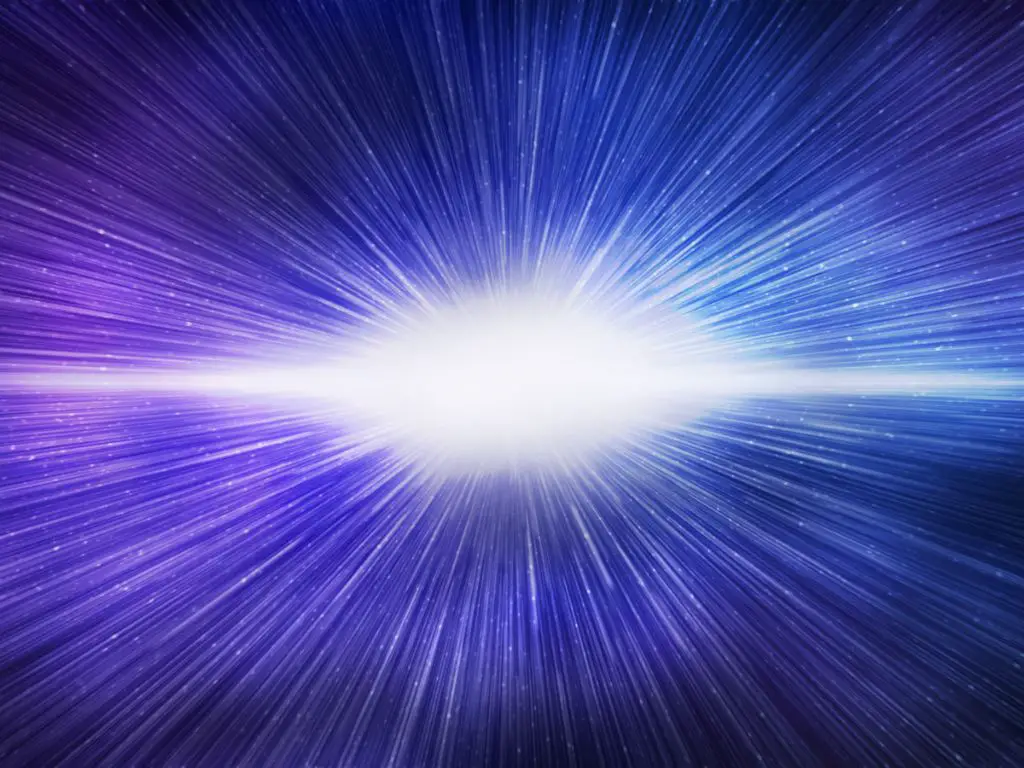
-
The existence of dark matter and dark energy:
While we do not yet have a complete understanding of dark matter and dark energy, there are several theories that have been proposed to explain their properties and how they fit into the Big Bang model. For example, dark matter could be made up of particles that do not interact with light or other forms of electromagnetic radiation, which is why it is difficult to detect directly. Dark energy, on the other hand, could be a property of space itself that is causing the expansion of the universe to accelerate. Scientists are continuing to study these substances and develop new theories to better understand their role in the evolution of the universe.
Why the Big Bang theory is a widely accepted theory
The Big Bang theory is widely accepted because it is supported by a vast amount of observational evidence. This evidence includes:
- the cosmic microwave background radiation,
- the large-scale structure of the universe,
- the observed expansion of the universe,
- and the abundance of light elements such as hydrogen and helium.
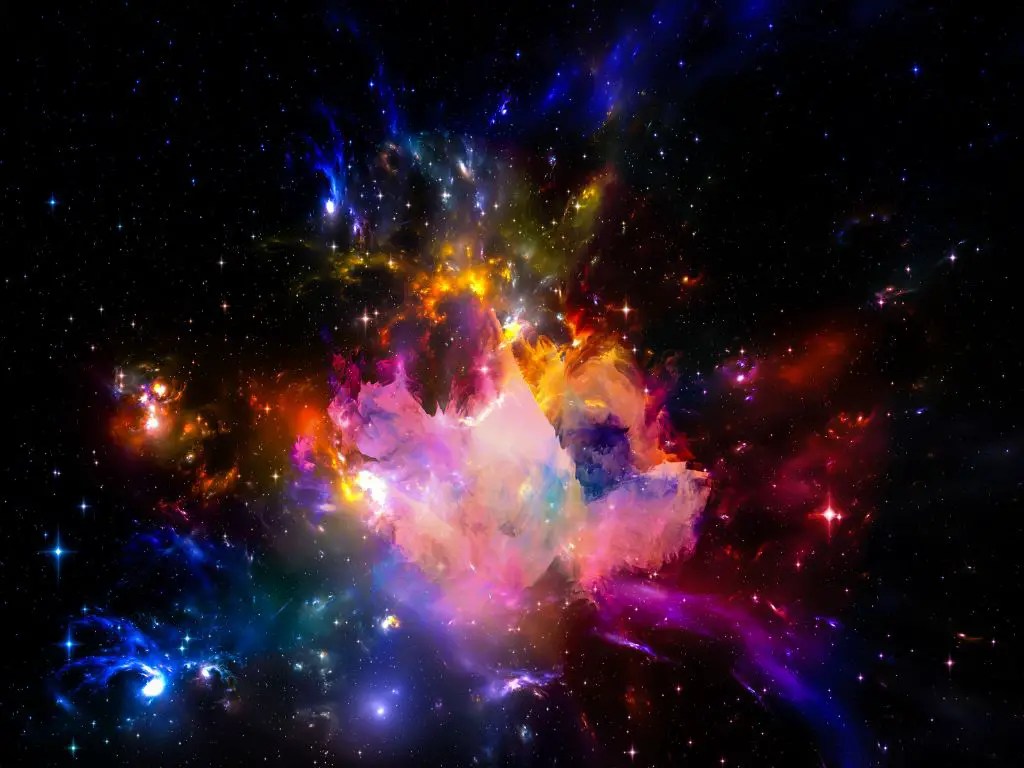
The cosmic microwave background radiation is a faint glow of microwave radiation that permeates the entire universe. It is thought to be the residual heat left over from the Big Bang, and its observed properties are consistent with predictions made by the Big Bang theory.
The large-scale structure of the universe, including the distribution of galaxies and galaxy clusters, is also consistent with the predictions of the Big Bang theory. Additionally, the observed expansion of the universe, as well as the abundance of light elements, can be explained by the Big Bang theory.
The Big Bang theory is a well-established and widely accepted theory that provides a comprehensive explanation for the origins and evolution of the universe.

